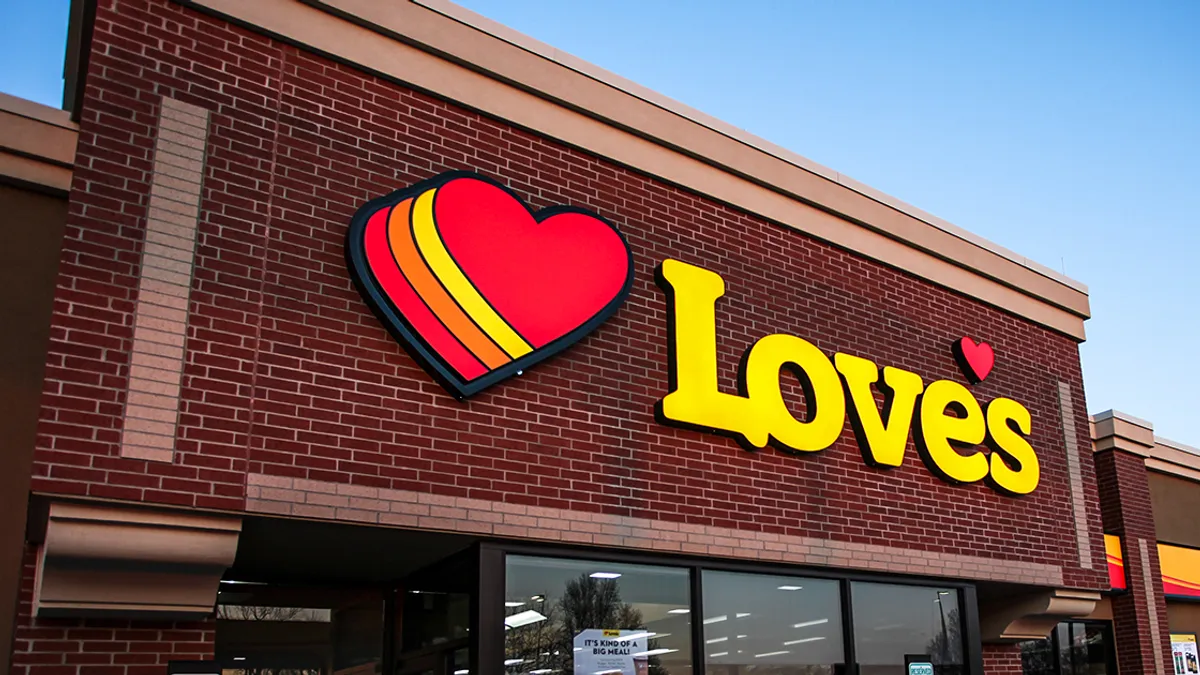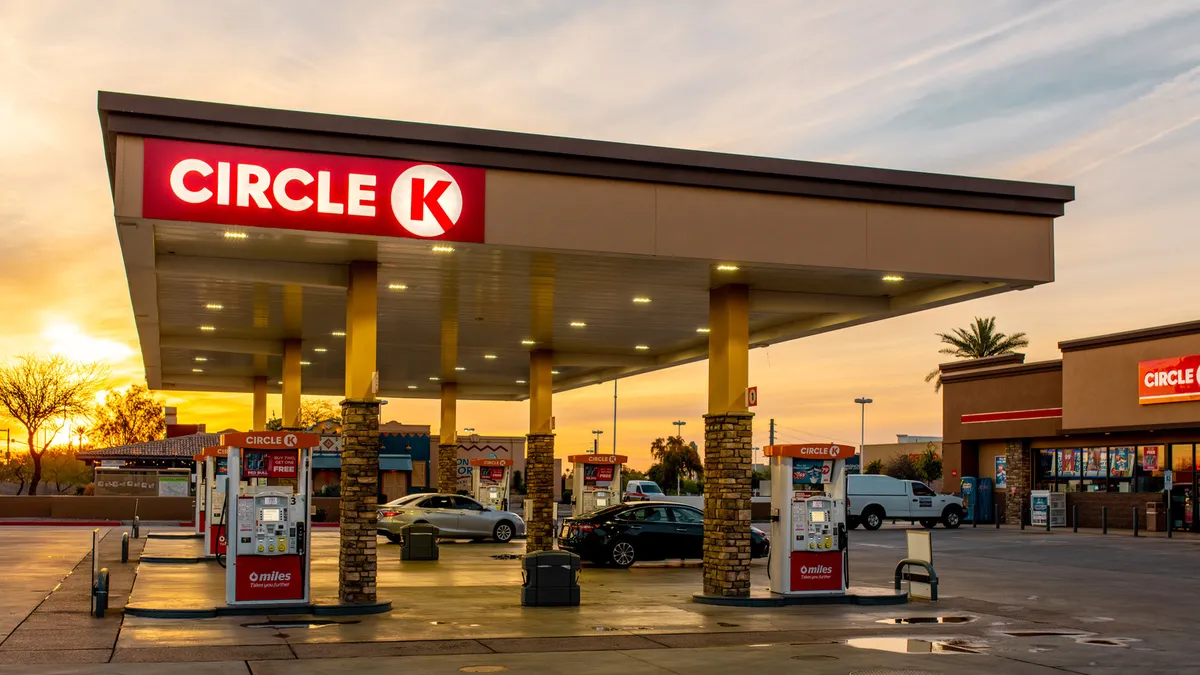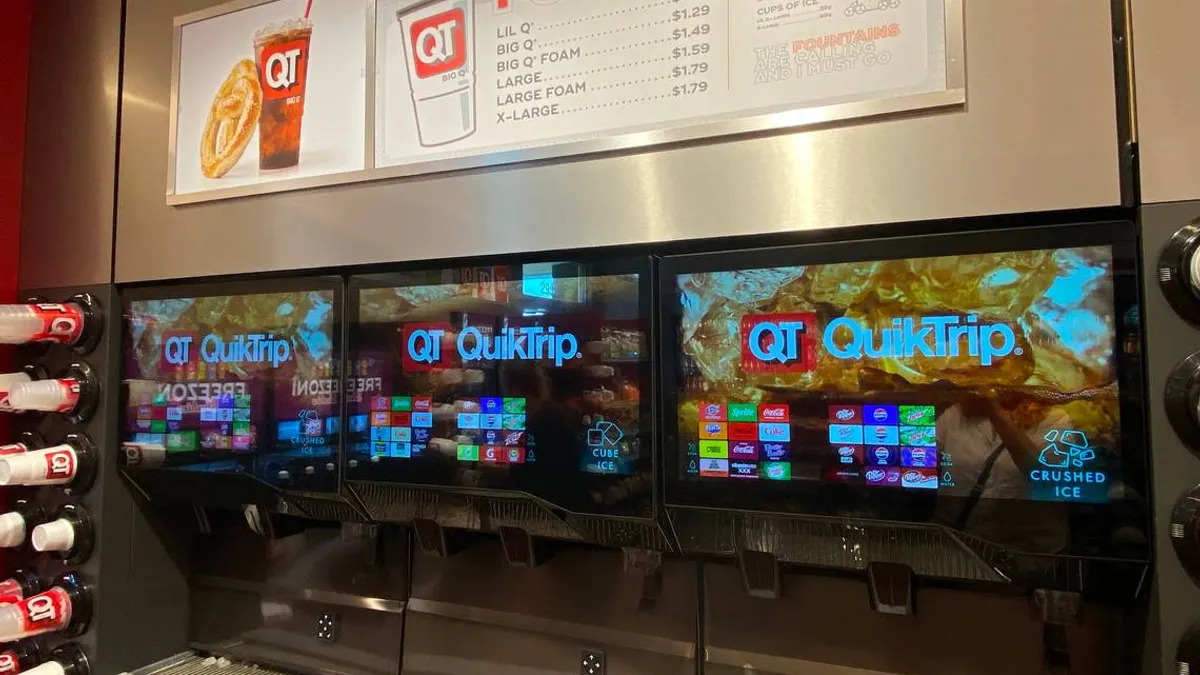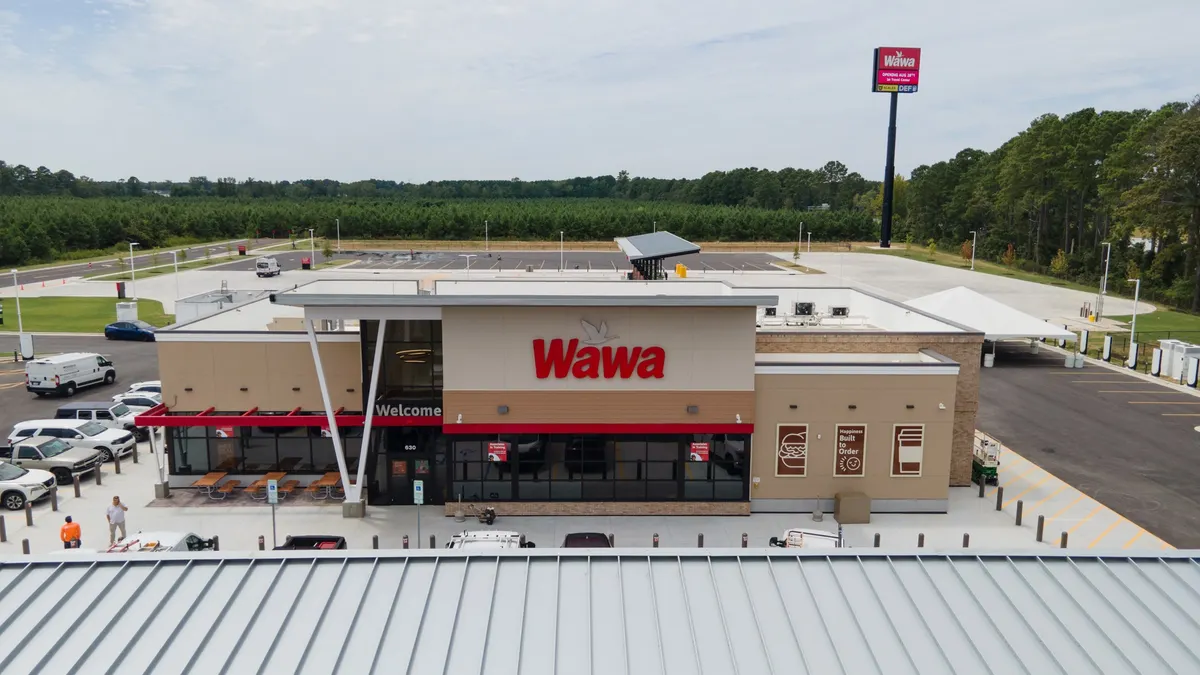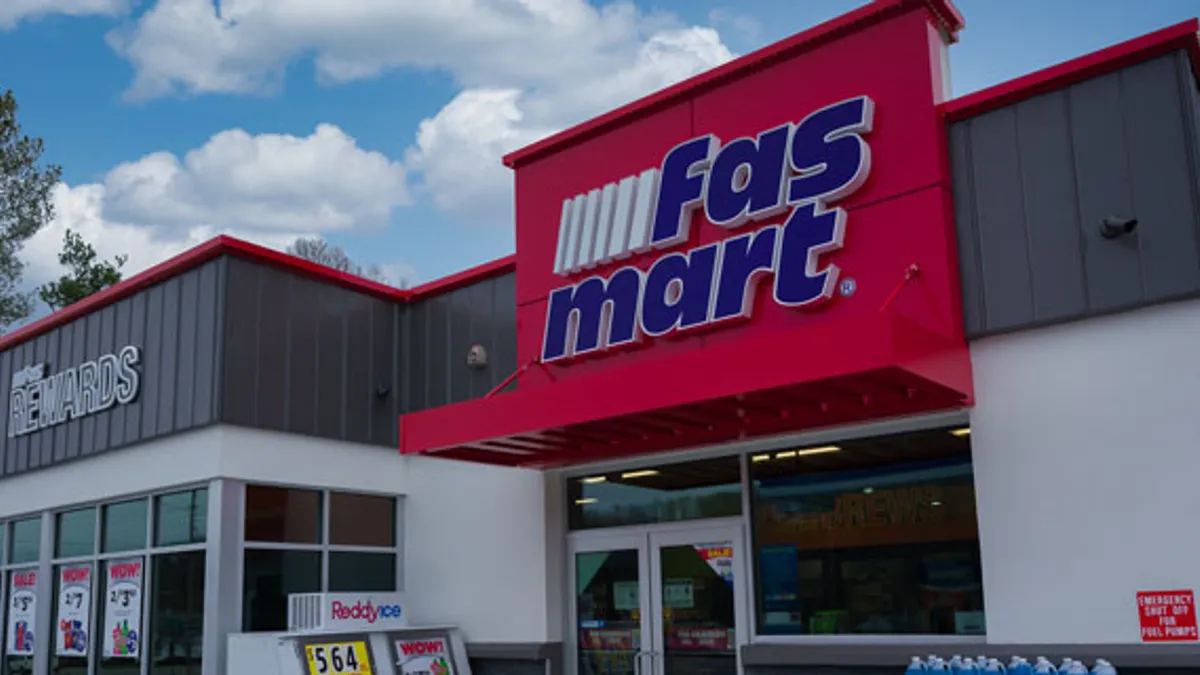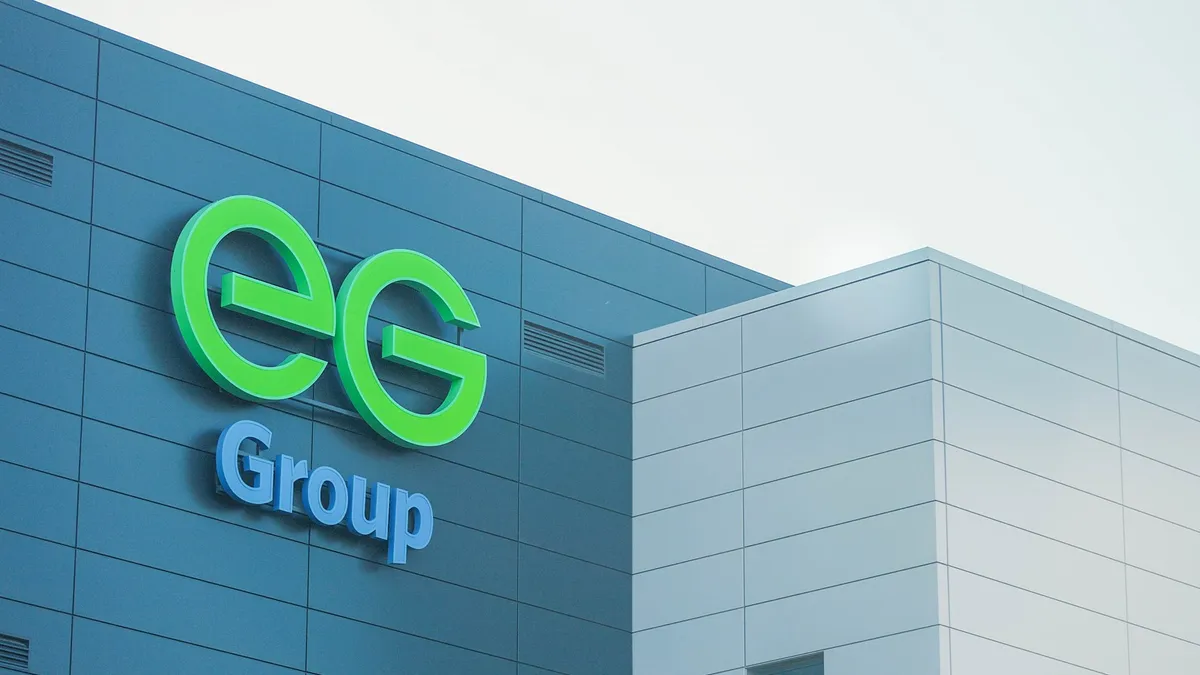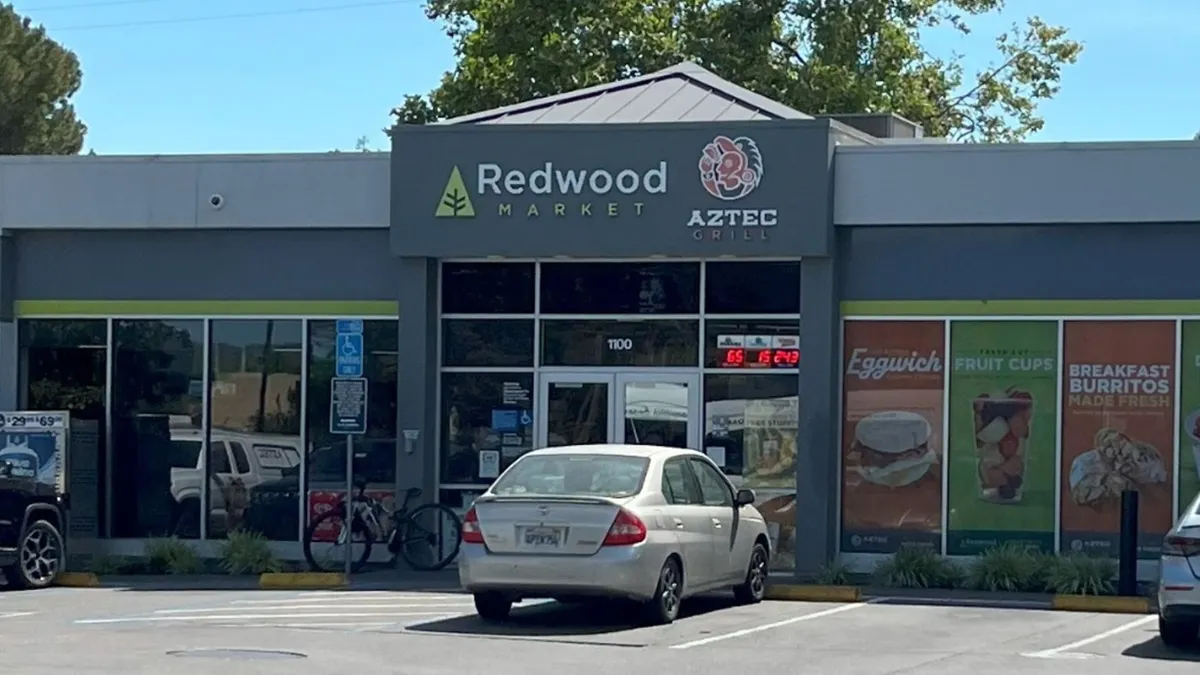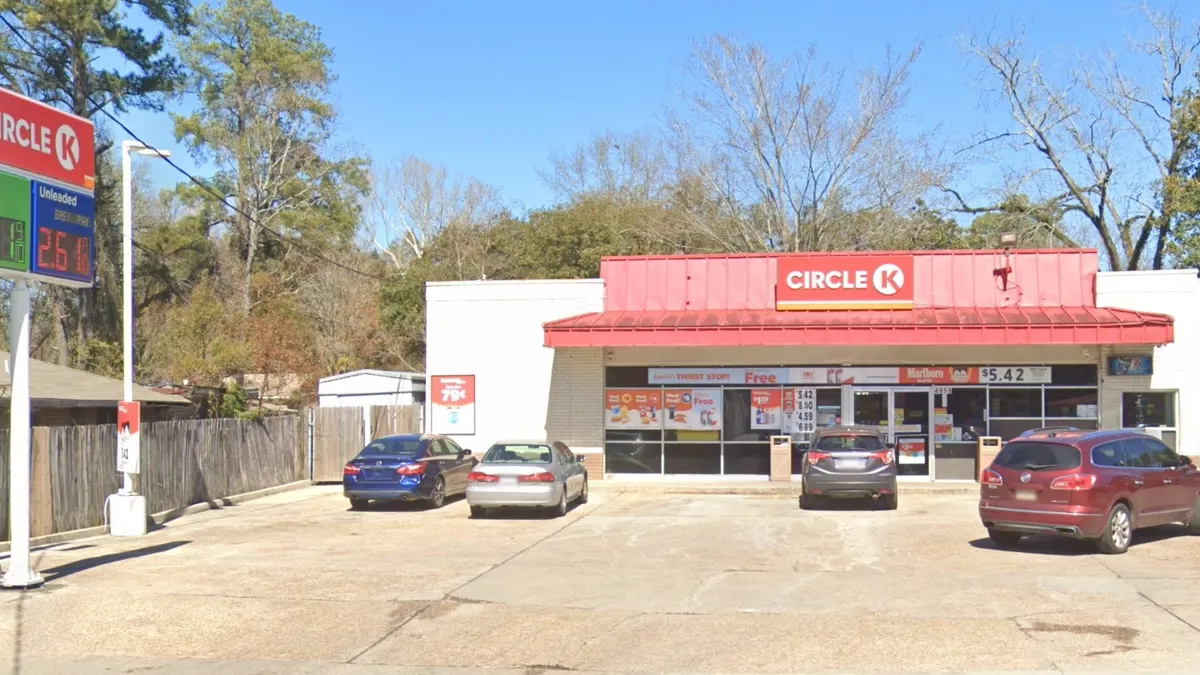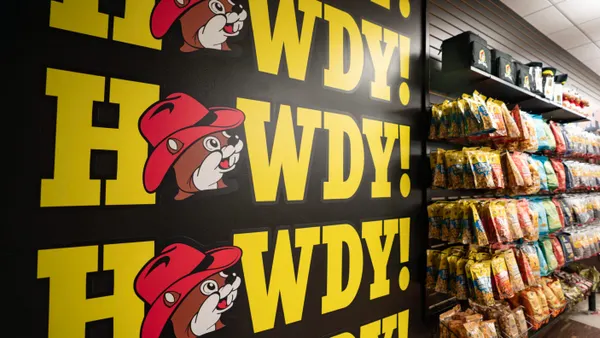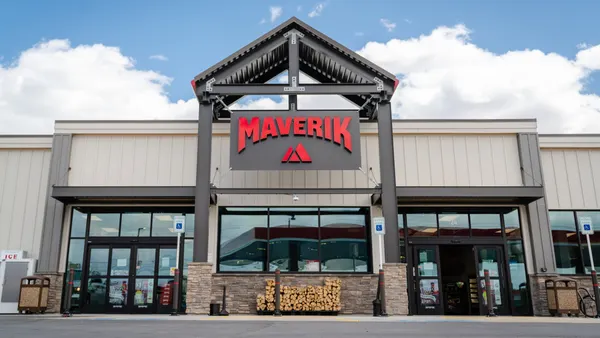With Love’s Travel Stops & Country Stores celebrating six decades in business this year, the convenience store and truck stop chain is shining a spotlight on how it weaves its family-owned culture into everything it does.
It’s this culture that’s grounded the company over time, making it feel and appear as an organization that seems close-knit even as it’s grown through the years, President Shane Wharton said in an interview.
Growth is a balancing act for Love’s, which is constantly looking to maintain this culture while evolving its brand and offerings, Wharton said.
“You can’t be in business for 60 years if you don’t innovate and change and adjust to what your customers ask you to do,” Wharton said.
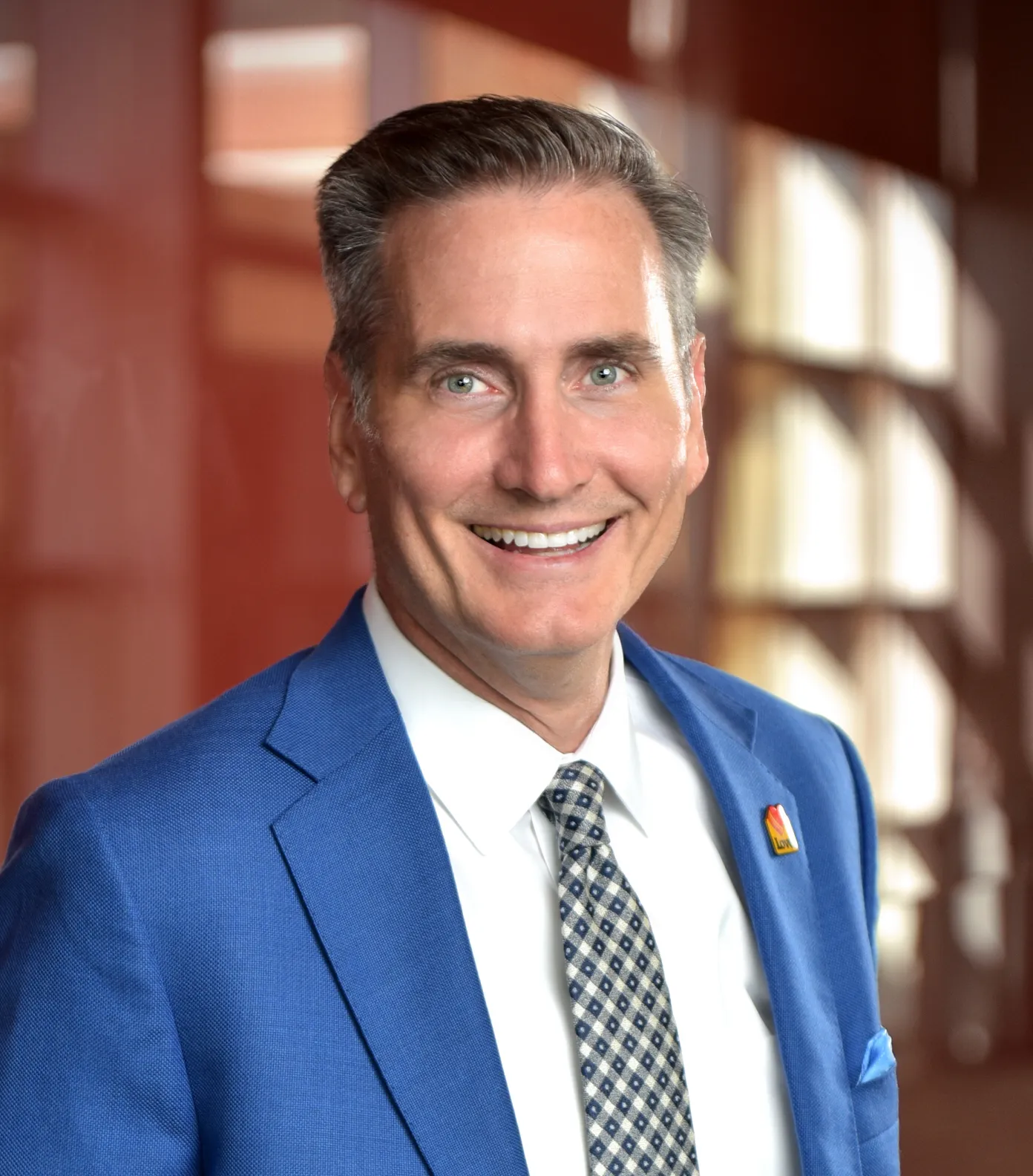
Oklahoma City-based Love’s has 640 locations in 42 states along with more than 400 Speedco and Love’s Truck Care locations. Recently, the chain touted plans to open 25 new locations and conduct 40 remodels. But those plans are only a small piece of the company’s overall vision for this year and beyond.
Wharton sat down with C-Store Dive to talk about the strategy behind Love’s store-count goals and remodels, the company’s electric vehicle charging blueprint, and how it’s addressing labor woes.
This interview has been edited for length and clarity.
C-STORE DIVE: Last month, Love’s outlined some store count growth plans. Talk to me about the strategy.
WHARTON: 20 to 25 locations is a pretty good balance of finding the right properties, getting approved and getting them developed — a lot of it is just filling out the existing network. And that usually comes along with some truck care facilities. Of that 20 to 25, maybe eight to 10 will also have truck care. We’re also adding RV hookups. So now when we’re going in with travel stops, we’re pretty much having four to eight RV hookups as part of that development as well.
Our stores in the last 10 years are the newest, the greatest and the most precious, but everything prior to that has been around a little longer. So we’re going back and reinvesting in those locations. And I think we got eight or 10 of them done last year — not just a paint fix, but major remodels where we sometimes have to close them for a little bit. We’re going to ramp that up this year, we’re going to get 35 to 40 of those done.
In terms of those remodels, are there certain elements of those locations you’re looking to revamp, like the kitchens or forecourts?
WHARTON: A lot of times it’s around food, giving us more opportunity to serve more food, in particular around our proprietary offering. We’re incorporating a fresh kitchen, so customers can actually see us preparing the food on-site.
Sometimes it involves just just adding more square footage — just to give more walkable space for our customers and more shelf space for more products and services. A lot of times, it means more showers. We [have customers taking] over 300,000 showers a week, and so a lot of those older locations needed to be updated. And definitely bathrooms are always getting updated and refreshed.
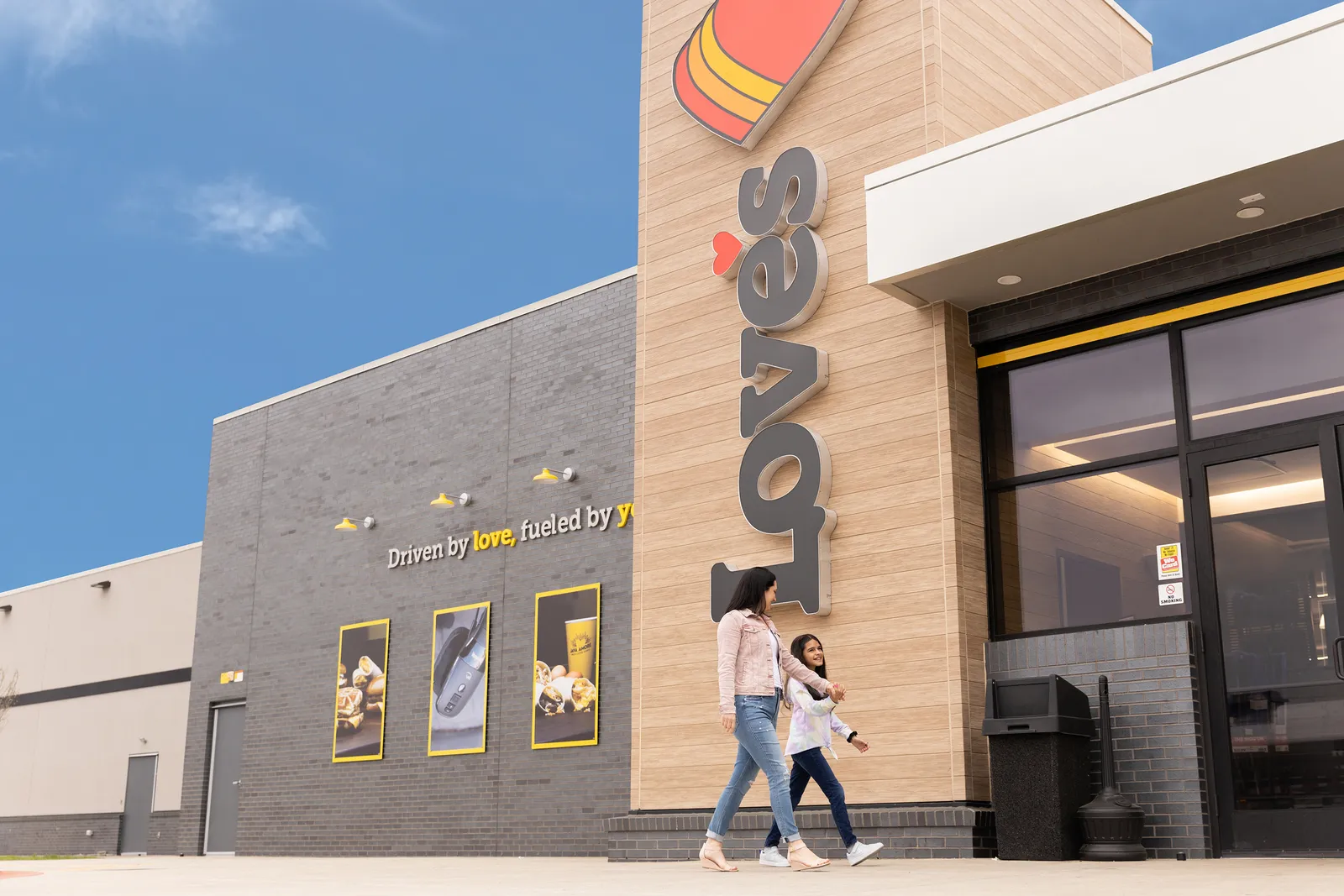
Is the fresh kitchen already in some Love’s stores or is this currently in the works?
WHARTON: We’ve had a fresh food offering for a while but people didn’t necessarily know it because the kitchen wasn’t visible — it was in the back. But now that you’re actually seeing that, you know it’s fresh and prepared on-site. We have a handful of sites now that have that fresh kitchen look. In 2024, you’re going to see us adding those to either new locations or the remodeled locations.
How do you find the balance between growing organically through new builds versus acquisitions?
WHARTON: Most of what we’ve done has been [from the] ground up. There are a lot of things that go into the asset itself — how it’s designed and how it’s laid out are a big part of that. And so, typically, it’s just really hard for us to find something that makes sense for us to buy. And there’s always the financial side of that.
EZ GO was kind of unique because those locations were on the turnpike system. And there’s really no other way to get on the turnpike unless you acquire something. So far, our customer reaction to that has been very good. We now have it on our list that whenever a location comes up via a turnpike authority in the different states, we’re definitely going to keep an eye on that.
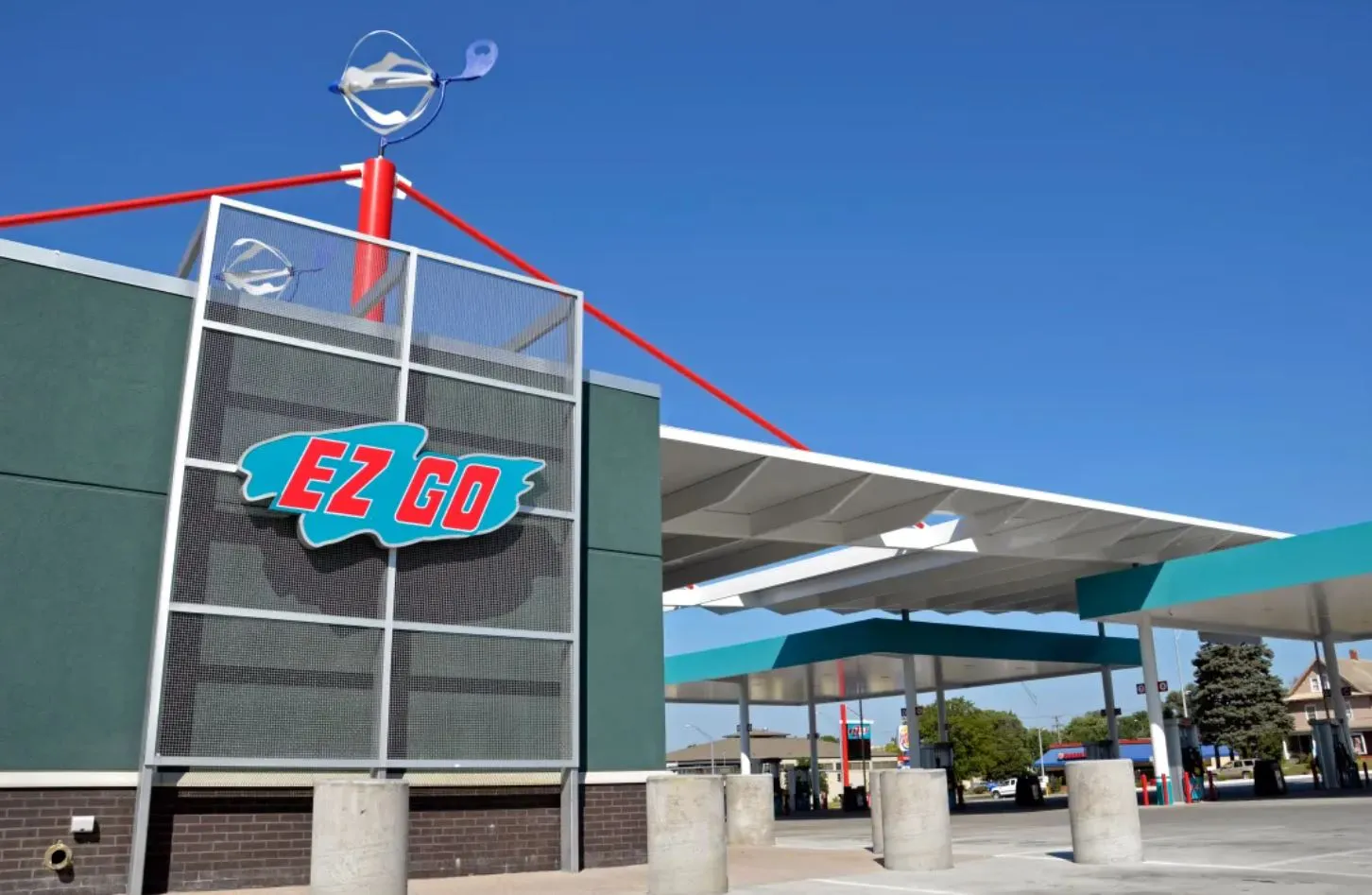
I know Love’s EV charging program was part of the NEVI funding grants not too long ago. Can you share the current state of your EV charging program and where you see it going this year and beyond?
WHARTON: We have 25-26 locations existing today that have charging units. But the NEVI funding is what’s really accelerating the build-out of that. I think we’ve gotten through about six or seven states. All the states have their processes and different timing, and through that process so far, we’ve been granted a little over $16 million to build out infrastructure at our locations.
Is there a specific number of Love’s locations you’re looking to have charging at by the end of the year?
WHARTON: I’d be disappointed if we don’t get up to 100 locations that have EV charging available.
Tell me about what Love’s is doing to improve hiring and retention this year and what your outlook is on the labor front.
WHARTON: Our HR team is always looking at how we can speed up the process whenever we need to hire talent and make it as frictionless as possible. We get out on college campuses and talk about the opportunities at Love’s. And then of course, they’re working on development programs to grow people’s careers. We have all these different business segments that provide opportunities for someone to start with us in one role that develops what they’re capable of doing [before] moving on to other positions. I think that’s a little bit different from a traditional c-store.
We continue to have high aspirations in terms of growth. You can’t do it without the right people and talented people. I’m not saying that it’s a problem — it’s a challenge. That’s a big focus for us. We want to maintain the family-oriented culture that we have today. And as we get bigger, and scale, we have to work harder at that and be intentional about it. We’re very focused on that



